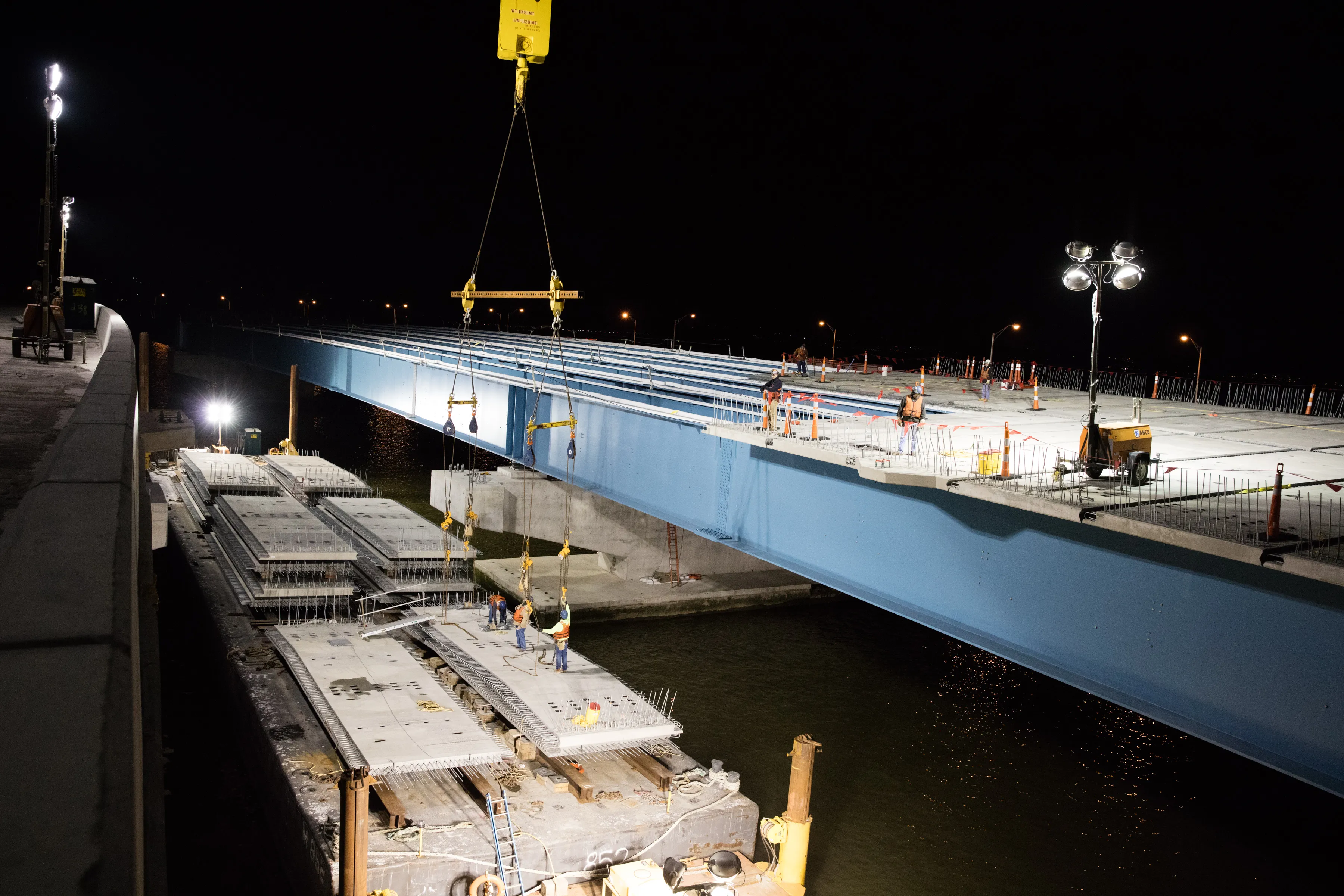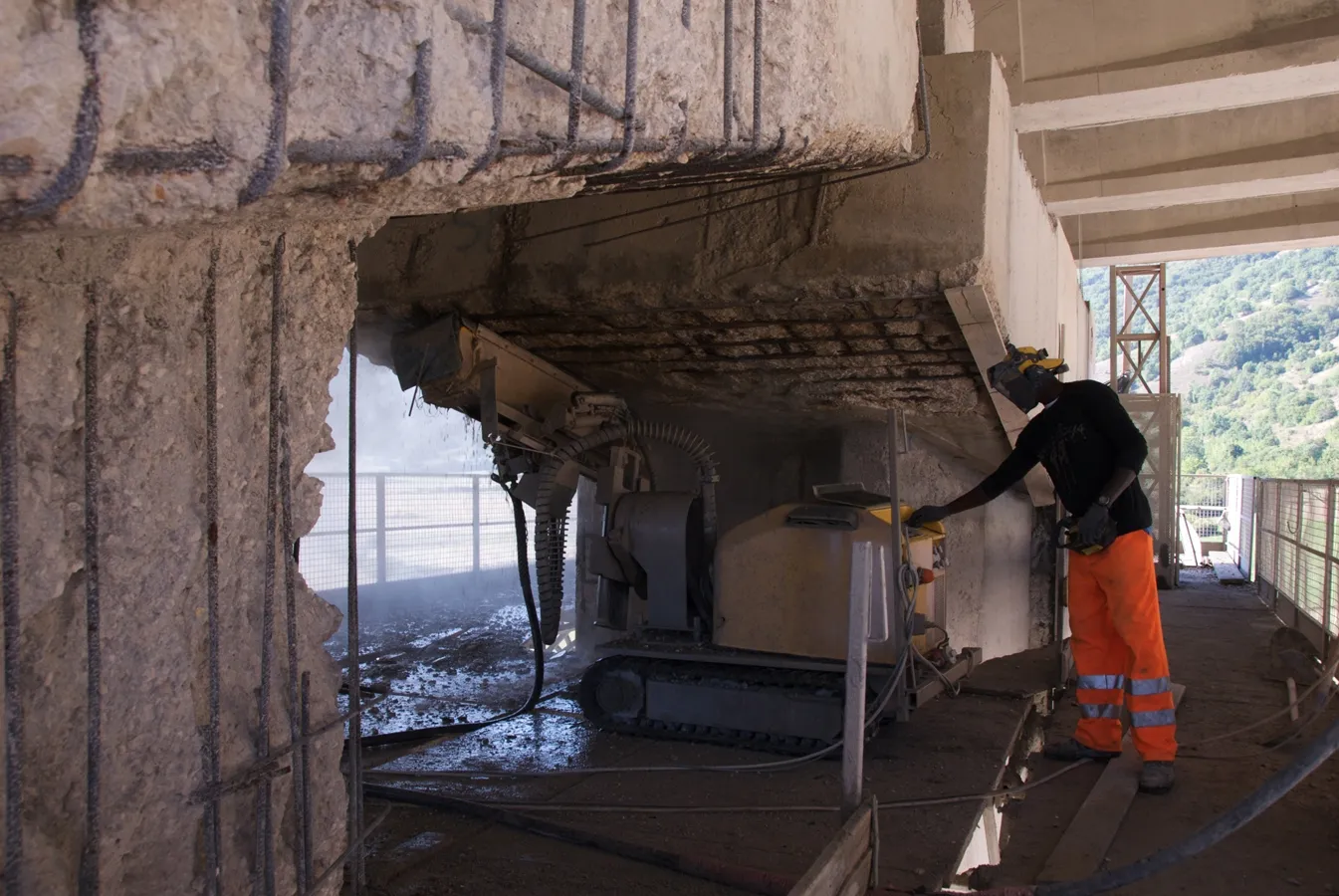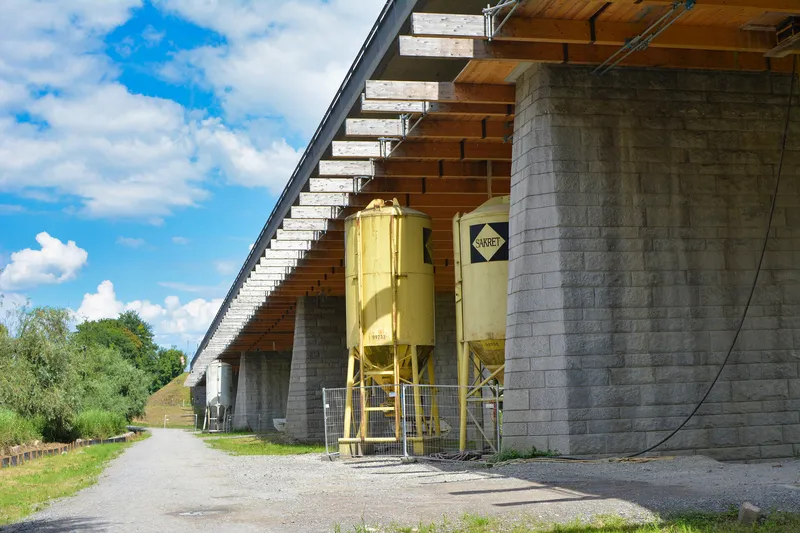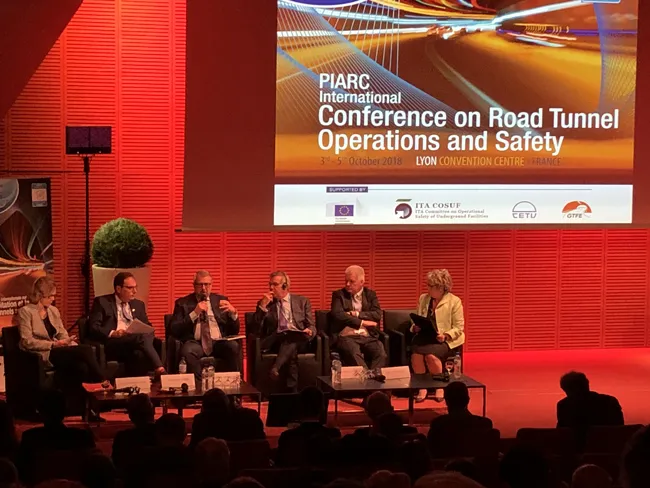Tearing down the old steel truss cantilever Champlain Bridge in Montreal could cost around US$300 million, according to preliminary estimates by a federal government agency. Also, until the nearby new Champlain Bridge is finished, it will cost US$93 million annually to maintain the old one, according to Jacques Cartier and Champlain Bridges Incorporated (JCCBI), the federal Canadian agency that oversees several major road infrastructure assets in the city. Dismantling will start in 2019 at the earliest and
April 11, 2017
Read time: 2 mins
Tearing down the old steel truss cantilever Champlain Bridge in Montreal could cost around US$300 million, according to preliminary estimates by a federal government agency.
Also, until the nearby new Champlain Bridge is finished, it will cost US$93 million annually to maintain the old one, according to2880 Jacques Cartier and Champlain Bridges Incorporated (JCCBI), the federal Canadian agency that oversees several major road infrastructure assets in the city.
Dismantling will start in 2019 at the earliest and it will take up to four years, Canadian media reported. JCCBI has said that material from the old bridge will be recycled and used in projects around Montreal.
More than 140,000 cars use it daily, making it one of the busiest single-span bridges in Canada. But years of heavy use of de-icing salt during harsh winters has deteriorated the structure.
Work on a new bridge started in 2016 and it is scheduled to open at the end of 2018.
The 6km Champlain Bridge, opened in 1962, along with approach viaducts is made of prestressed concrete beams supporting a prestressed concrete deck overlaid with paved with asphalt. The total bridge complex is around 14.5km and spans the Saint Lawrence River and Saint Lawrence Seaway, connecting the Montreal boroughs of Verdun and Le Sud-Ouest to Brossard. It is named after the French explorer Samuel de Champlain, who founded Quebec City, the Quebec province’s capital, in 1608.
Together with the Jacques Cartier Bridge, it is administered by JCCBI, a Canadian Crown Corporation which reports to Infrastructure Canada.
Also, until the nearby new Champlain Bridge is finished, it will cost US$93 million annually to maintain the old one, according to
Dismantling will start in 2019 at the earliest and it will take up to four years, Canadian media reported. JCCBI has said that material from the old bridge will be recycled and used in projects around Montreal.
More than 140,000 cars use it daily, making it one of the busiest single-span bridges in Canada. But years of heavy use of de-icing salt during harsh winters has deteriorated the structure.
Work on a new bridge started in 2016 and it is scheduled to open at the end of 2018.
The 6km Champlain Bridge, opened in 1962, along with approach viaducts is made of prestressed concrete beams supporting a prestressed concrete deck overlaid with paved with asphalt. The total bridge complex is around 14.5km and spans the Saint Lawrence River and Saint Lawrence Seaway, connecting the Montreal boroughs of Verdun and Le Sud-Ouest to Brossard. It is named after the French explorer Samuel de Champlain, who founded Quebec City, the Quebec province’s capital, in 1608.
Together with the Jacques Cartier Bridge, it is administered by JCCBI, a Canadian Crown Corporation which reports to Infrastructure Canada.









